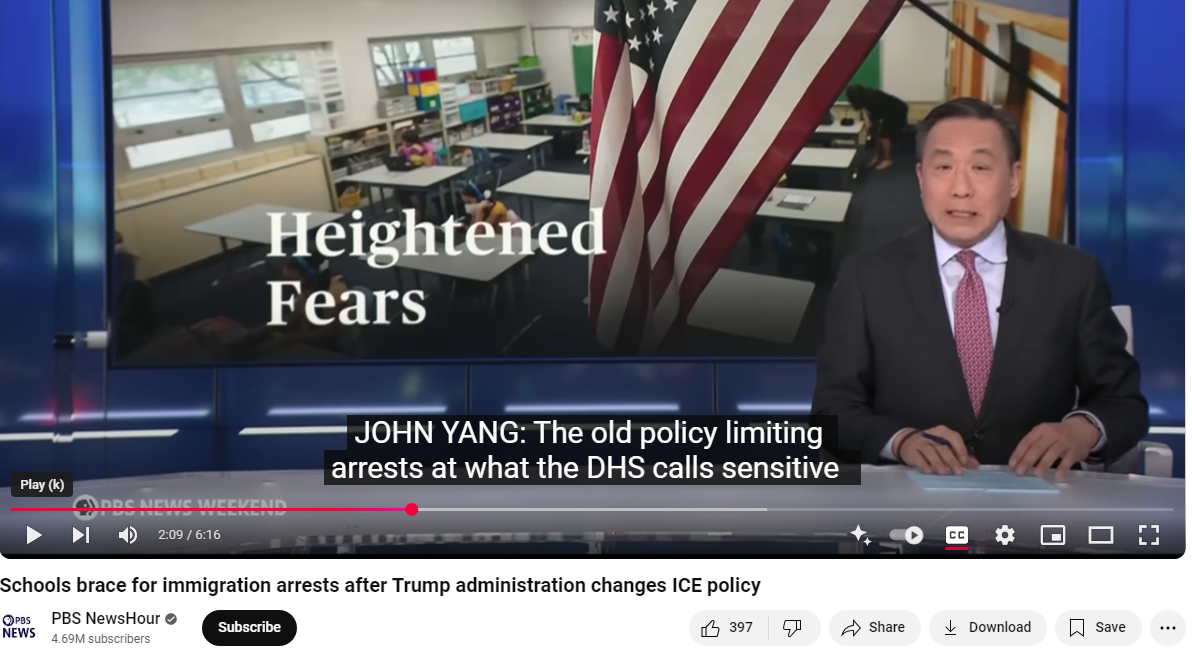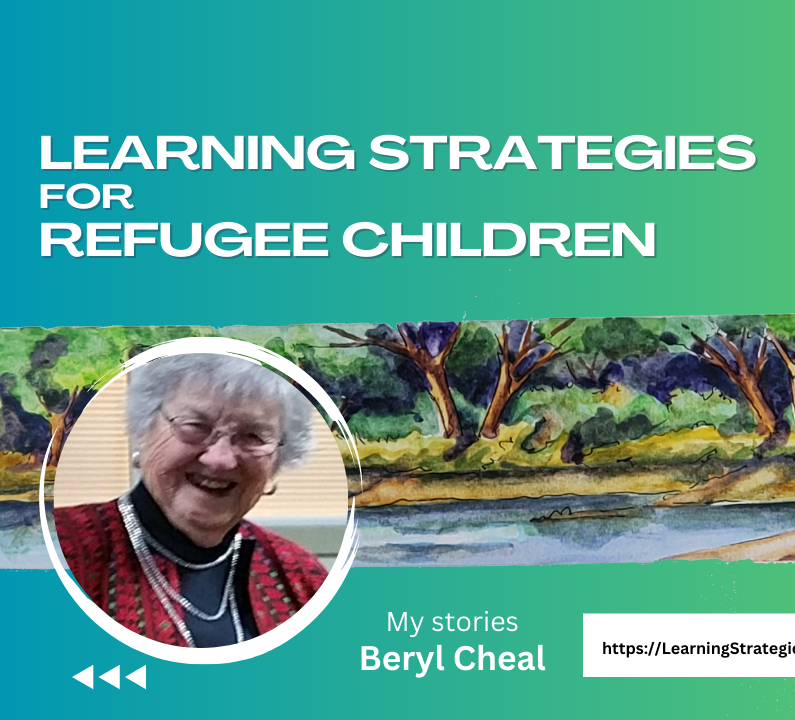In the attached document we’ve created for you to download, “Understanding the Differences: Refugee vs. Immigrant Experiences”, Beryl presents the distinction between refugees and immigrants, particularly in the context of helping refugee children. She highlights that refugees are individuals forced to leave their home countries due to persecution, war, or violence, while immigrants voluntarily choose to relocate to another country for various reasons.
The focus is on supporting refugee children, who have experienced traumatic events and require specialized assistance. It emphasizes that these children are in a unique situation, having fled their home countries and often facing significant challenges in their new environment.
Beryl encourages adults as well as the teachers and volunteers who are establishing programs that help refugee children, to understand the specific needs and experiences of these children. She suggests that providing education, healthcare, shelter, and psychosocial support are crucial in helping them recover and thrive. The importance of cultural sensitivity, language acquisition, and legal assistance for refugee children are also important to consider.
The article serves as a resource for individuals who are new to assisting refugee children, helping them understand the distinct circumstances faced by refugees and how they can make a positive impact in supporting their well-being and integration into a new community.
Definition of Refugee
Refugees are persons who are outside their country of origin for reasons of feared persecution, conflict, generalized violence, or other circumstances that have seriously disturbed public order and, as a result, require international protection. The refugee definition can be found in the 1951 Convention and regional refugee instruments, as well as UNHCR’s Statute.
Source: United Nations High Commissioner for Refugees
Definition of Immigrant
From the perspective of the country of arrival, a person who moves into a country other than that of his or her nationality or usual residence, so that the country of destination effectively becomes his or her new country of usual residence.
Source: Adapted from United Nations Department of Economic and Social Affairs.



